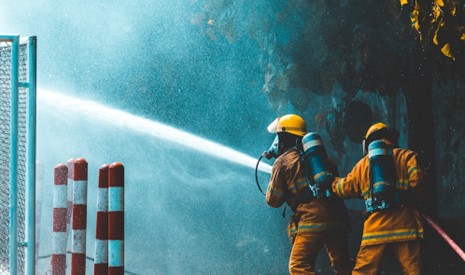Today, different digital technologies are increasingly helping us combat the effect of climate change. It can also contribute to forest fire management through prevention, detection and restoration.
In recent years, Castilla y León has suffered two major fires, one in the province of Ávila, on 21 August 2021, and the other, on 15 June 2022, in the province of Zamora, in the Sierra de la Culebra reserve. The latter was the largest fire detected in Spain in the 21st century, burning 25,000 hectares.
According to the latest study carried out by the United Nations Environment 2022, forest fires and climate change are a vicious circle. This is because fires worsen with climate change through increased drought, high temperatures, low humidity and high winds, resulting in drier and longer fire seasons. In turn, climate change is exacerbated by forest fires, mainly through the destruction of ecosystems that balance the climate.

Thanks to the implementation of digital technologies, tools such as the one developed in the European DRYADS project, the geospatial platform created by the University of Salamanca (USAL), can help fight forest fires.
Remote sensing of forest fires makes it possible to work with combinations of multispectral bands using infrared bands that help to identify and fully visualise the affected areas, as well as analyse the potential of forest masses, detect fire outbreaks and fire fronts in real time.
Some examples of how the implementation of digital technologies can help to detect, prevent and restore forest fires have been presented above. However, the technology sector is constantly evolving, opening the doors to new possibilities in firefighting.